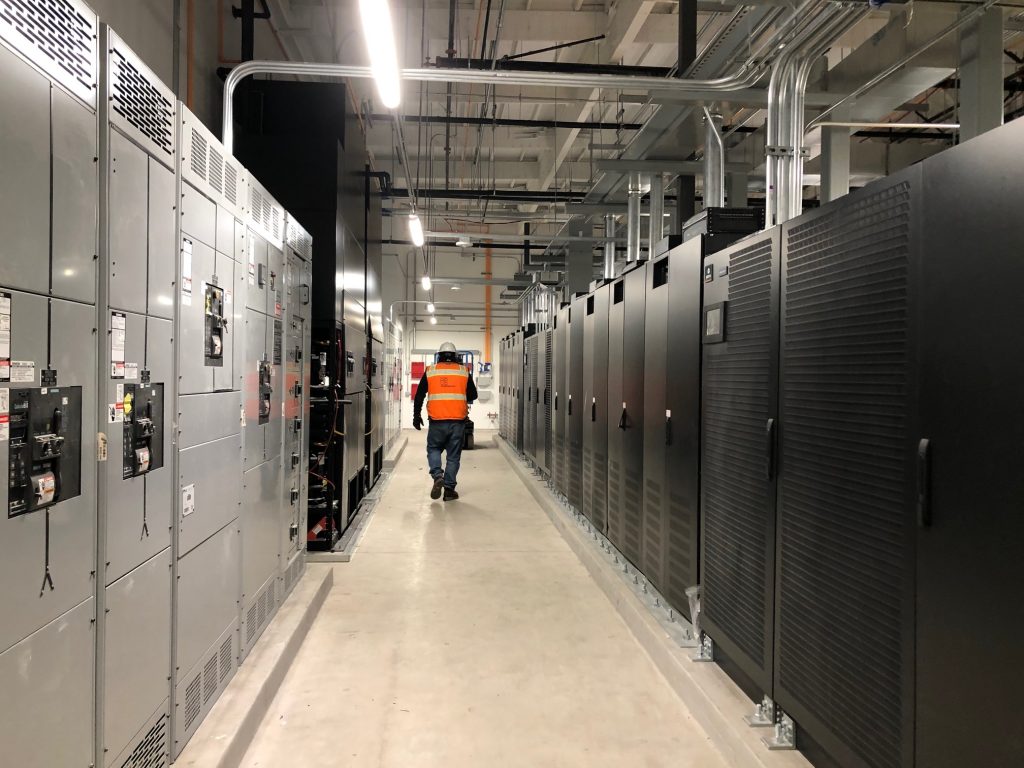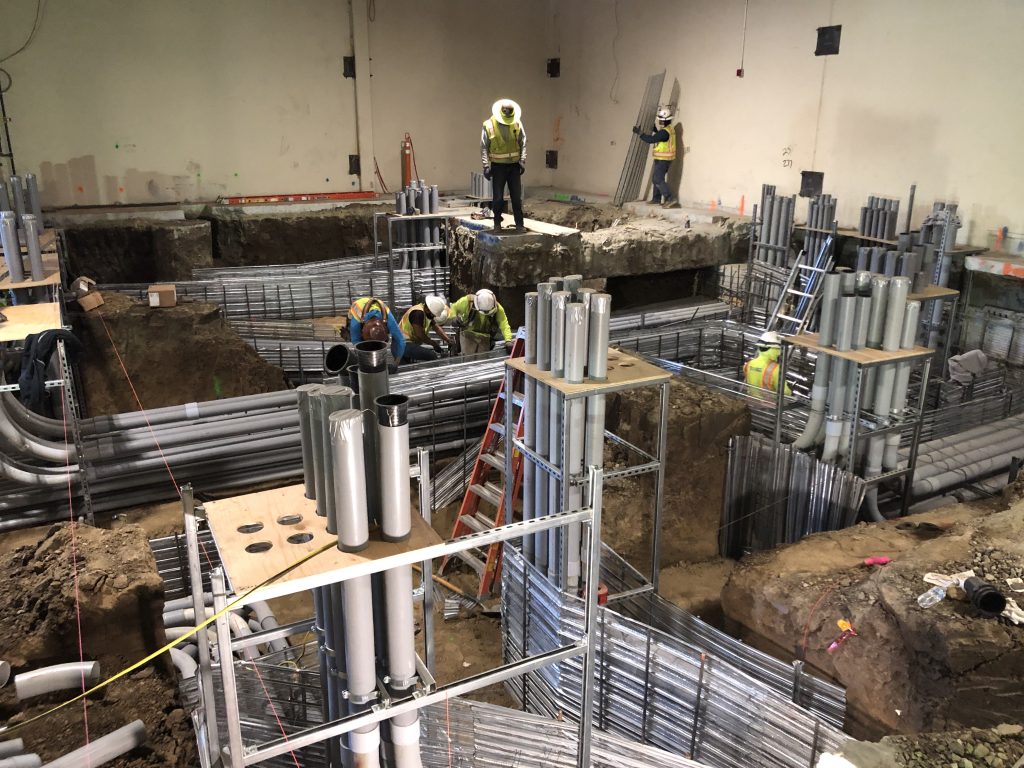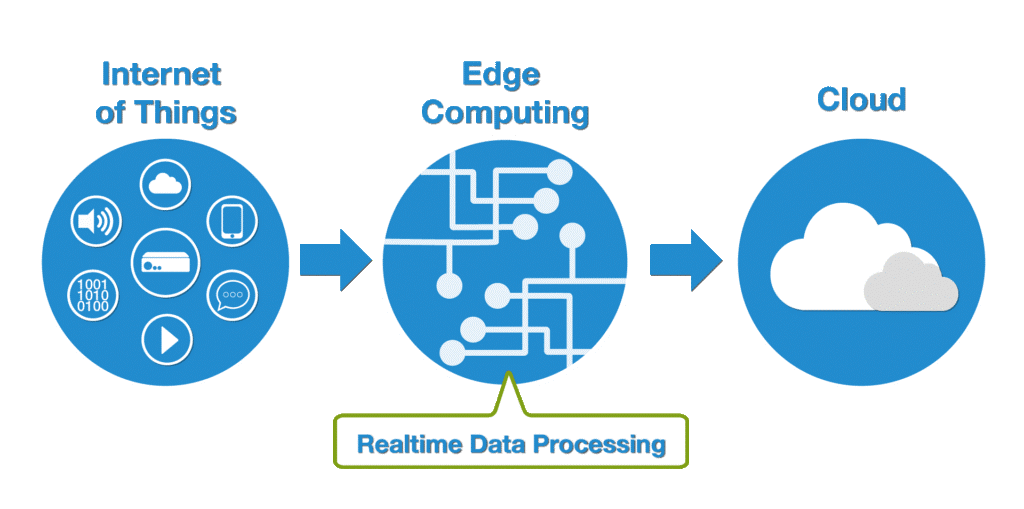
Changes in edge computing, telemedicine and AI are driving the need for more data center space. Despite the relatively high cost of real estate, Silicon Valley continues to be one of the largest and most important data center markets in the U.S. Our region is home to America’s leading tech players, including Apple, Google, Facebook, Intel, Cisco, Oracle and many others — making this a huge base of tech-savvy consumers, who are consistently among the earliest adopters of new products and services. Tim Chadwick, President of AlfaTech explains “Another key aspect is our proximity to the Far East. California is as close as you can get to ASIA in mainland USA which has data protection laws and policies that may drive some companies to only locate data here. Main undersea fiber terminates and runs right through the Bay Area (and Los Angeles) making these key locations for Asia operations.”
“Anybody can build a building, but a mission critical building demands an understanding of the unique power density requirements, equipment, and network access required to ensure a data center never goes down” according to data center expert, Robert Andrews. With an eye toward commissioning that will prove the reliability of a data center, it’s important to work with a team of builders, architects, and engineers that are qualified to meet the strict demands of data center customers.
Edge Computing Technology
Today’s businesses need to be able to deliver services to customers where they are. The days of simply providing access are long gone. Customers not only want access to the services they need, but they also want to access them now. For example, latency of just a few milliseconds can mean a significant difference in dollars for someone who is trading stocks on-line. Speed isn’t just a luxury anymore, it’s a necessary feature.
Edge computing provides the solution to delivering content and services quickly. Since network latency is a byproduct of distance and bandwidth, pushing key processing functions to the edge of the network and closer to end users can dramatically improve performance. This has led organizations to rethink their data center strategies, making use of smaller edge data centers in growth markets rather than concentrating solely on larger markets. These dynamics are directly driving data center growth trends.
MEP Partners
The leading facet of mission-critical building design is the direct relationship it has with mechanical, electrical, and plumbing (MEP) systems. As data centers demand the most controlled environments, both mechanically and electrically, the technology to provide the required loads is paramount. In a data center, equipment like generators, chillers, cooling towers, and packaged units are intrinsic to the performance of the building. Essentially, the equipment in a data center is a super breed of equipment typically used in a building to support heating/cooling loads. The mission-critical market is pushing the envelope for what these technologies can output under different criteria and climates. Data Center projects are demanding and exciting to work on.

“As a general contractor and builder, our familiarity with how the technologies work allows us to guide the project team and offer solutions that satisfy the requirements of the adjacent equipment” says Ken Birdsall. “Understanding the engineering behind these technologies and selecting the right trade partners enable us to make recommendations that recognize the importance of critical path in speed to market and provide a better data center in the long run.”
Coordination
To meet client expectations on projects of all sizes, agile coordination is a must-have to succeed against tight deadlines – continually pushing the design envelope to bring the data center on-line faster. While data centers are utilizing leading technology to sustain the facility’s peak performance, design and construction teams must be able to leverage project management technologies to harness team experience and channel it into the best solution for a client.
Conclusion
Creating data center facilities based on proven solutions from past experience and knowing when and where to push the envelope is what enables Hillhouse to deliver the best solutions for our data center clients. If you’re considering a data center project, reach out to Sharon de la Cruz.
 (408) 467-1000
(408) 467-1000
